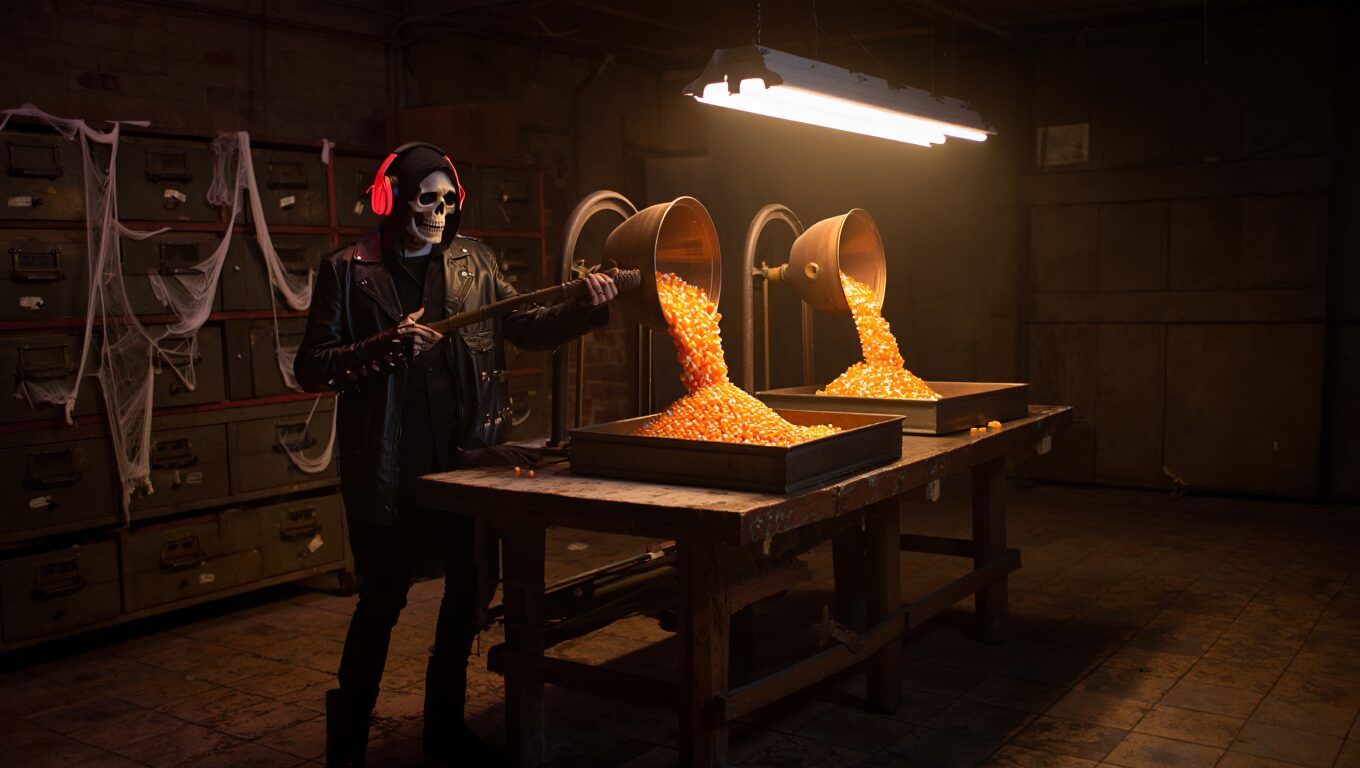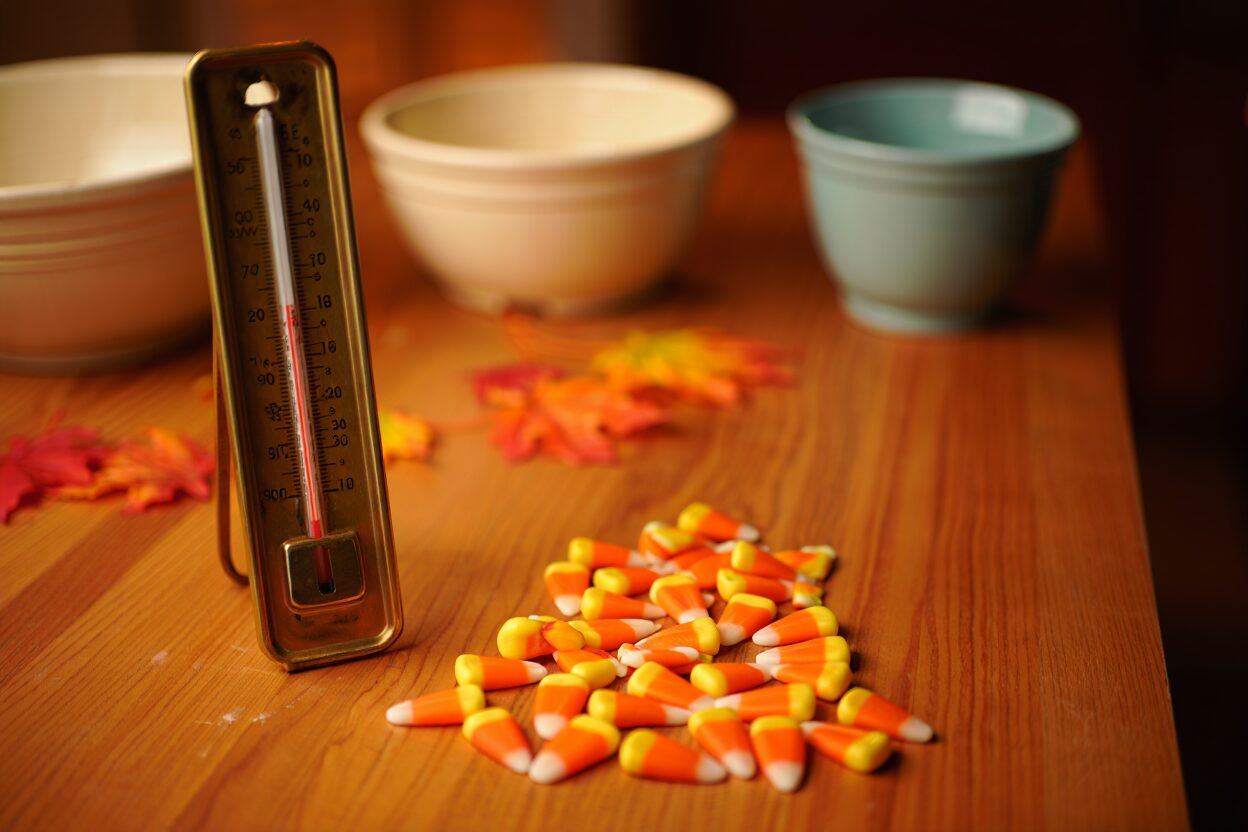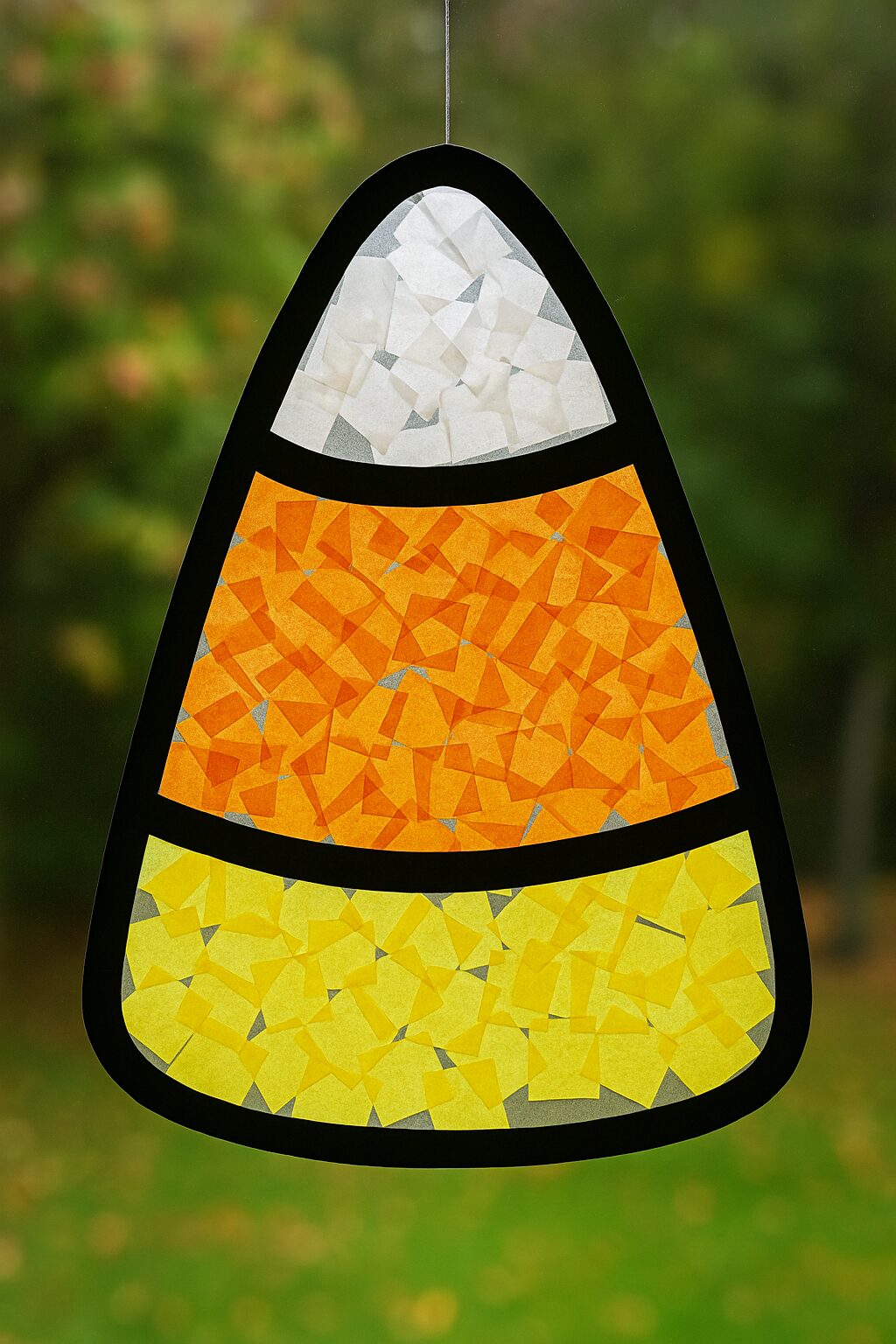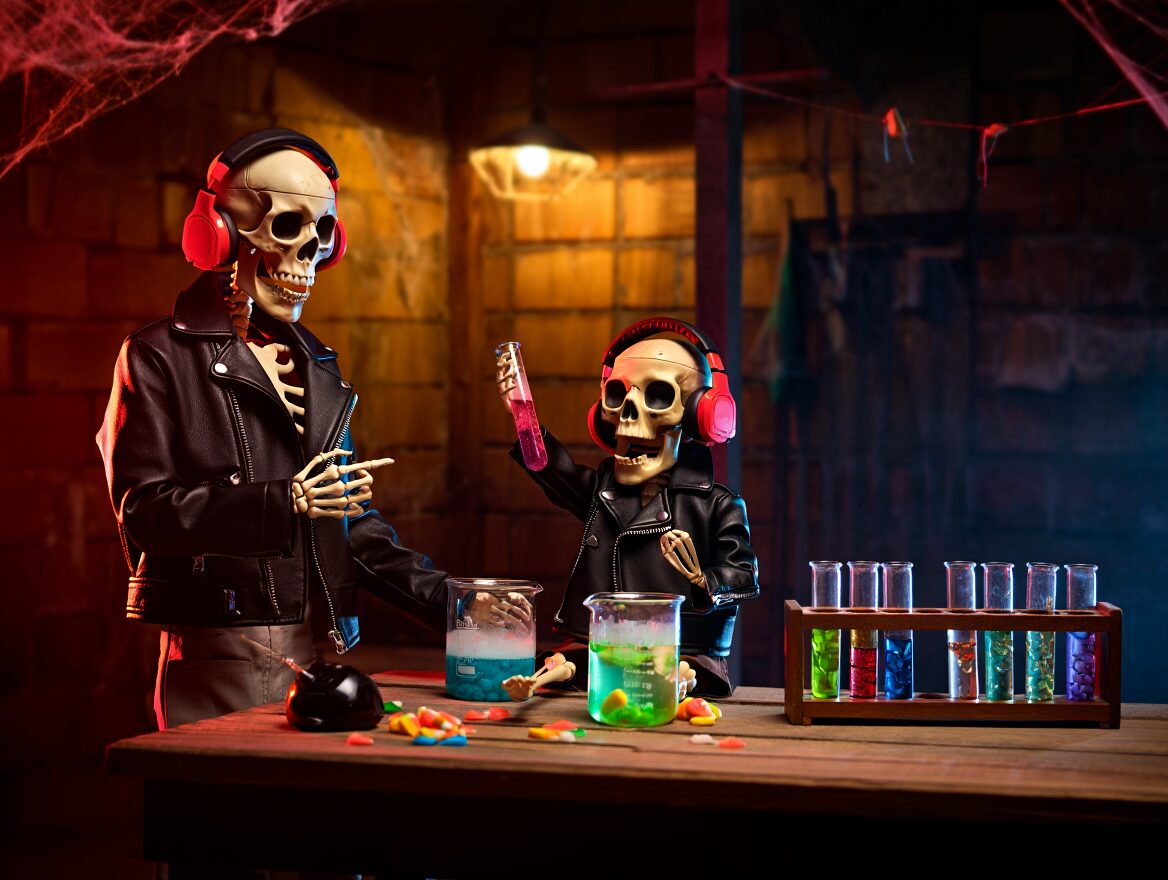The History of Candy Corn Manufacturing
I can’t believe we haven’t covered this yet, but I’ll bet you want to know…
Born in the 1880s
Candy corn was invented by George Renninger at the Wunderle Candy Company and quickly picked up by Goelitz (now Jelly Belly). Originally called “Chicken Feed,” it was marketed to farmers during an era when most Americans worked in agriculture.
Handmade to Mechanized
Early candy corn was poured by hand. Workers called stringers walked backwards, pouring three layers of warm candy into cornstarch molds. It was a slow, seasonal, and labor-heavy process. Cornstarch trays helped the candy hold its shape and dry properly.
Over time, mechanization replaced the hand-pour method. Automated mogul machines now mold, layer, cool, and eject the candy with precision. Workers no longer pour by hand. Glazing and packaging are also fully automated, allowing production of millions of pieces per day.
Key Ingredients
The recipe hasn’t changed much in over a century: sugar, corn syrup, fondant, marshmallow or gelatin, food dyes, and edible wax for shine. That simplicity has helped it scale.
From Harvest Treat to Halloween Icon
Candy corn became a Halloween staple in the 1950s. Its autumnal colors and corn shape made it perfect for the season. Brands began packaging it for trick-or-treaters, and demand exploded.
Modern Developments
Today, Brach’s is the largest producer. While the base product is the same, modern tweaks include:
- Seasonal color variations (Christmas, Valentine’s, etc.)
- New flavors (caramel, chocolate, apple cider)
- Freeze-dried candy corn for a crunchy twist
- More efficient packaging and global distribution
- Some moves toward sustainable ingredients and production
Final Thoughts
Candy corn’s long run is thanks to a smart mix of tradition, nostalgia, and efficient scaling. The shape and process remain iconic, and even with subtle updates, each kernel still delivers a sugary bite of American history.






Leave a Reply